How to Grind Coffee Beans
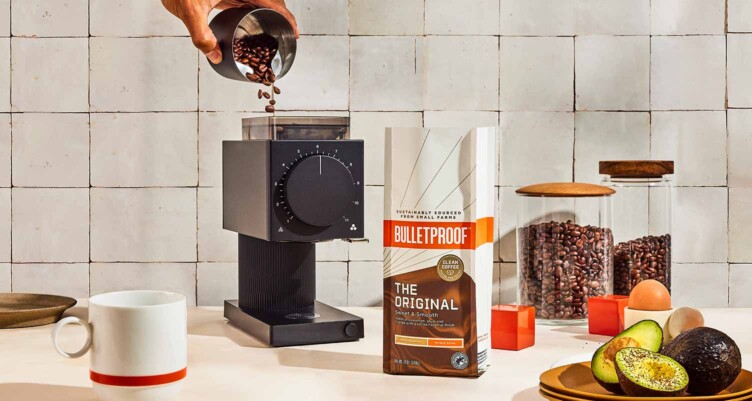
- The size and texture of freshly ground coffee beans can have an impact on its flavor and aroma: Overly coarse beans can taste acidic and overly ground beans can taste too bitter.
- Not all coffee grinders are made equal. Some feature single blades, multi blades, while handheld grinders require your own strength.
- No coffee grinder? No problem. Kitchen tools like blenders can double as makeshift coffee grinders.
Everyone loves a good cup of coffee in the morning. The most important step to getting there? Grinding your own coffee beans. On the surface, doing so may sound too intimidating to tackle. But learning how to grind coffee beans and decoding the world of coffee grinders is much more straightforward than you think.
Grinding Coffee Beans
Coffee beans should always undergo the grinding process immediately before brewing. Grinding coffee beans right before brewing a cup of java ensures optimal flavor and freshness. Coffee grinding releases natural oils and aromatics that contribute to its complex tasting notes. Within 15 minutes of grinding coffee, 60% of these aromas are lost, proving that grinding your own beans is key in enjoying a delicious cup of coffee.
It’s important to note that the way you grind coffee plays a part in its strength and flavor profile. Coarsely ground coffee that’s too coarse can elicit a watery, acidic final product, whereas coffee that’s overly ground may taste too bitter.
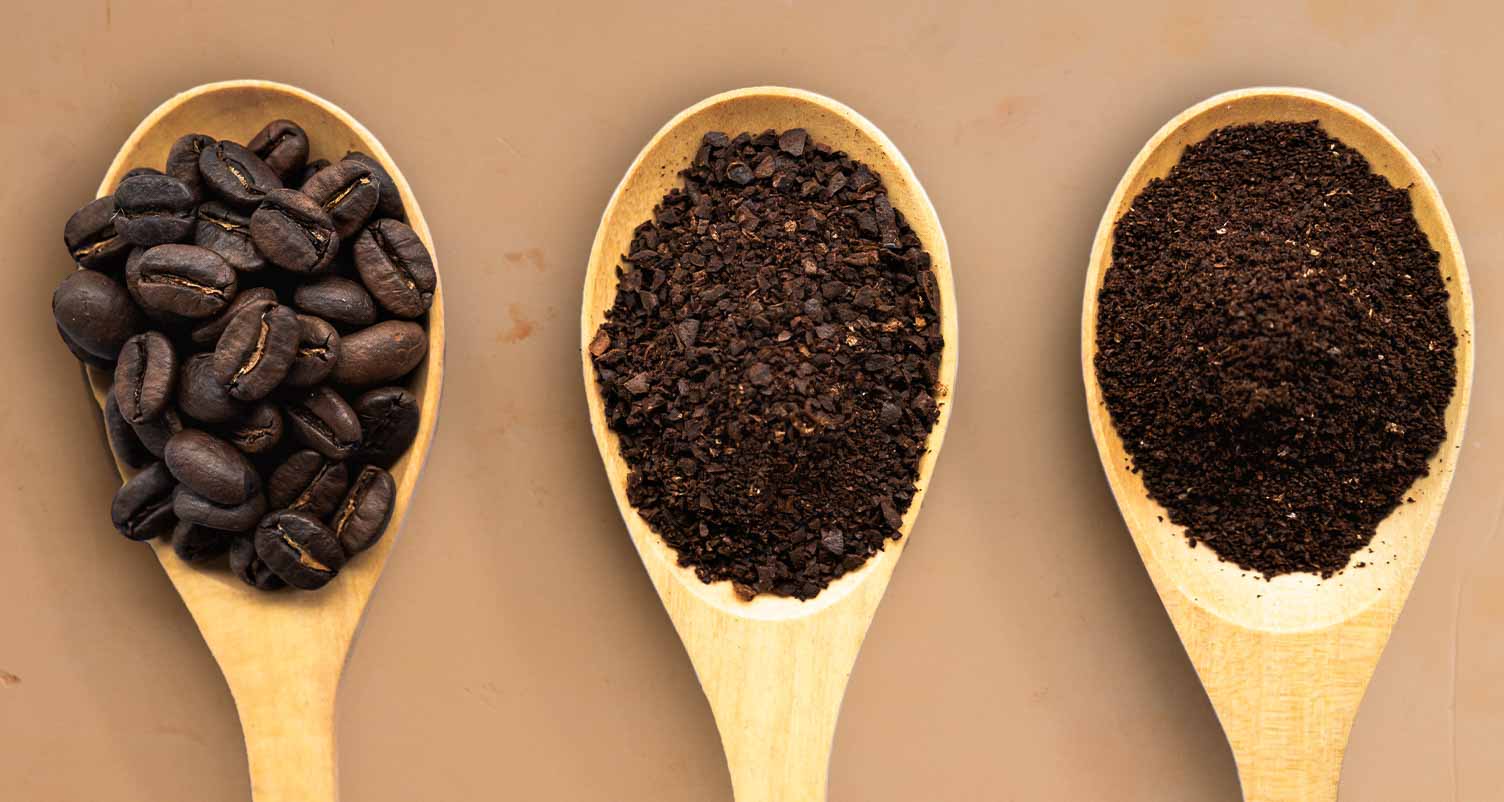
Grinding Your Own Coffee Beans
Ready to get started? The first step is choosing your coffee beans. We recommend Bulletproof’s whole bean coffee. It features light, medium, and dark roasts. It’s also sustainably-sourced and expertly-roasted. Next, choose your preferred brewing method.
Understanding Coffee Grinds
- Fine Grinds
Fine grinds are exactly that — finely ground coffee. It mimics table salt in terms of texture and size, and is best used in espresso machines. - Medium Grinds
Known as the most common coffee grind, medium grinds are versatile in that they can work in a variety of coffee drinks. This includes drip coffee and pour-overs. - Coarse Grinds
Coarse grinds are bigger in size, making water easier to pass through when brewing. This means the final result is not as bitter as fine grinds. Coarse grinds are great for using in a French press or in a cold brew recipe.
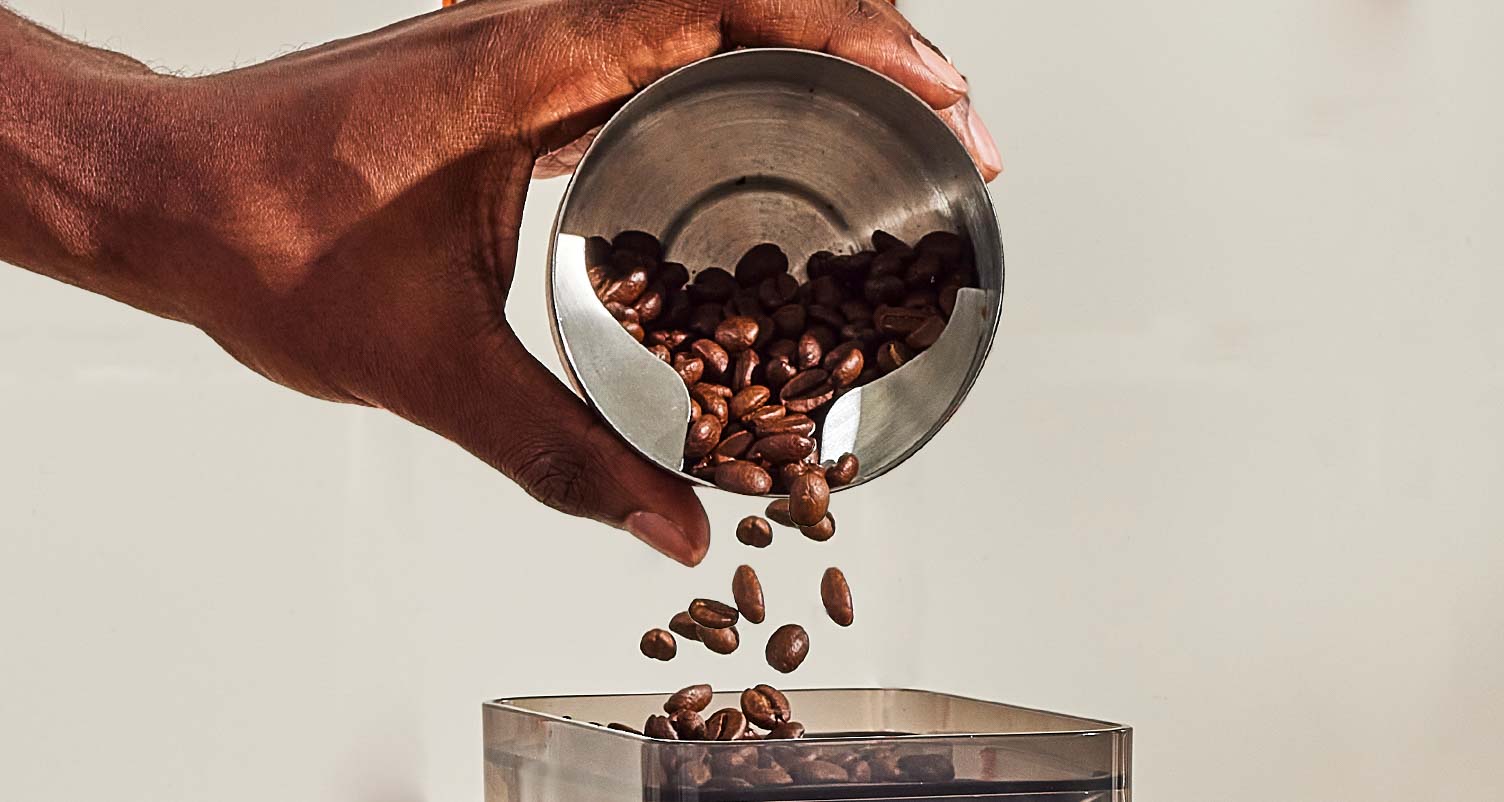
At-Home Coffee Grinders
Every coffee connoisseur knows that the best cup of coffee begins with freshly ground coffee. The most common way to achieve this first step is with a coffee grinder. Consider these popular options:
- Blade Coffee Grinder
The blade coffee grinder is a classic approach to coffee grinding. There aren’t as many speed settings on this single-blade coffee grinder, leaving room for inconsistencies in terms of the size and texture of the ground coffee. - Burr Coffee Grinder
Burr coffee grinders are the popular option among at-home coffee drinkers. They use pressure instead of chopping when grinding coffee beans. The result is ground coffee that’s more consistent in size and texture. - Conical Burr Coffee Grinder
Used at local coffee shops, a professional-grade conical burr grinder keeps the size and texture of the ground coffee uniform due to the shape of the burrs (not propeller-style blades). It’s also known to be easier to clean. - Hand Coffee Grinder
A hand coffee grinder is essential for when you’re on the go or lose power at home. The downside? It can take a few minutes and manual power to grind enough coffee beans for one cup of coffee.
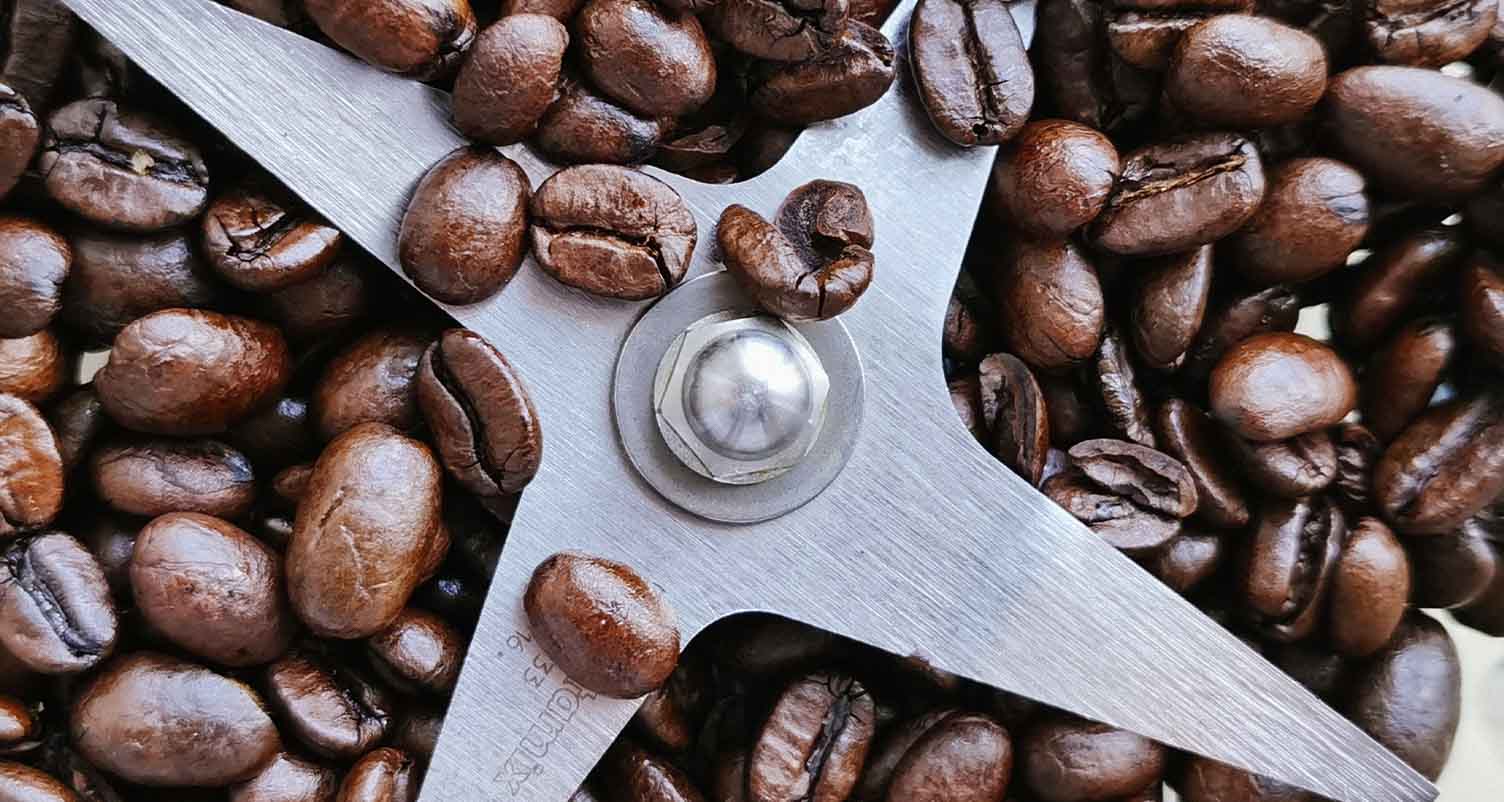
How to Grind Coffee Beans without a Grinder
Don’t have a coffee grinder at home? No problem. Grinding coffee at home without a grinder requires a little innovation with common kitchen tools and, in some cases, extra elbow grease.
- Blender
Remain on the low setting to avoid overheating the coffee beans, which compromises quality. Using a blender for ground coffee will yield coarse to medium grinds — great for using in a French press or cold brew recipe. - Food Processor
The pulse button is key in avoiding overground coffee beans. Because of this setting, you’re able to control the ground texture. - Mortar and Pestle
Stick to grinding small amounts of coffee beans when using a mortar and pestle. Doing so can result in a medium-fine to fine grind — the perfect texture for drip coffee.
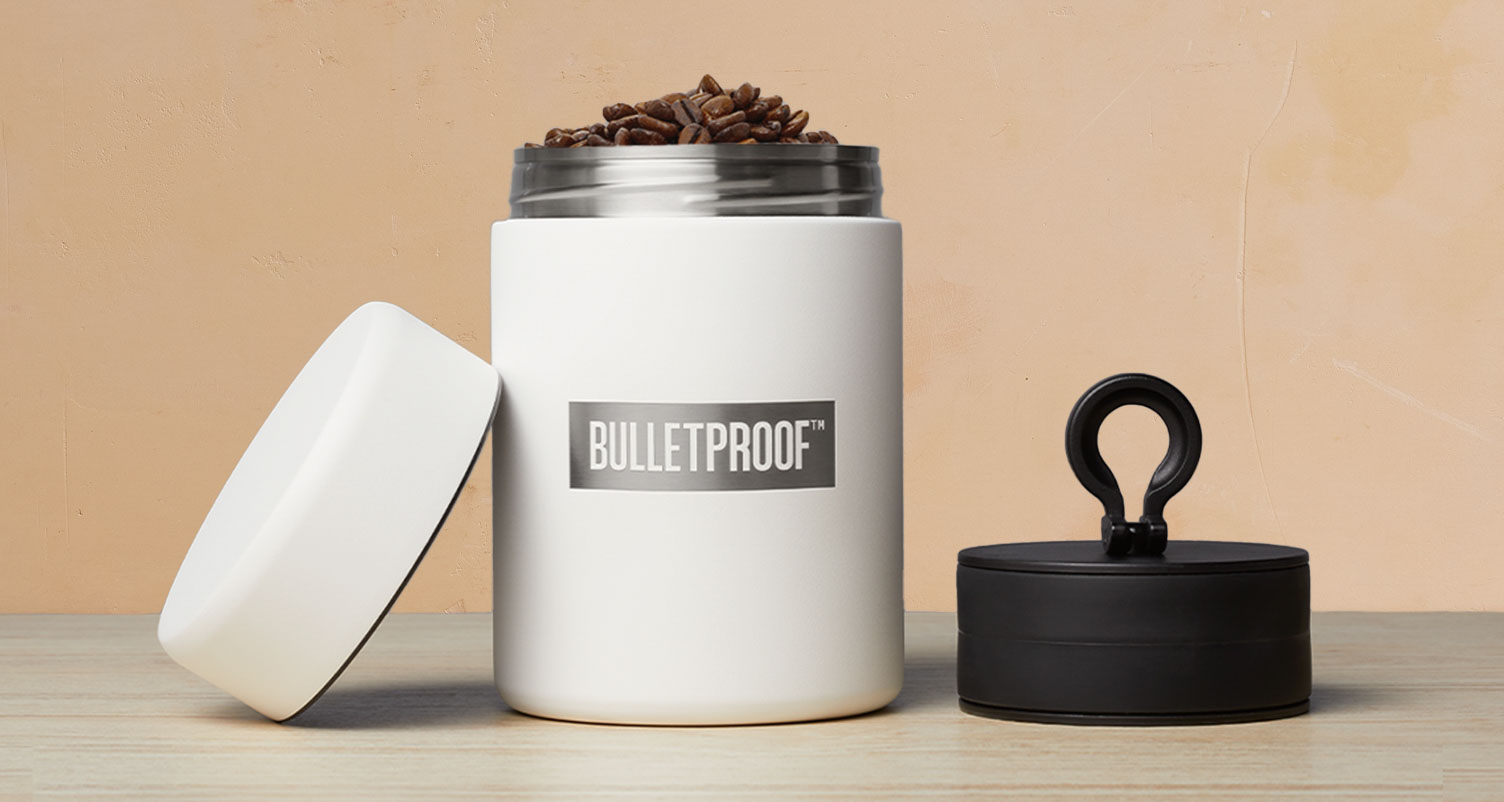
How Long Does Coffee Stay Fresh After Grinding?
While it’s always recommended to grind coffee beans immediately preceding a brew session for optimal taste and quality, making a freshly ground roast every morning may not be realistic for most people. In this case, proper storage is necessary. Ground coffee is best stored inside an airtight container and put in a cool, dry place for up to 2-3 weeks. This is because when coffee is exposed to oxygen, oxidation occurs, leading to the degradation (decreased shelf-life and flavor) of the coffee.
Learn More: The Ultimate Guide to Coffee Brewing Methods
Sign up for early access to sales, product launches, the latest Bulletproof news and more!



